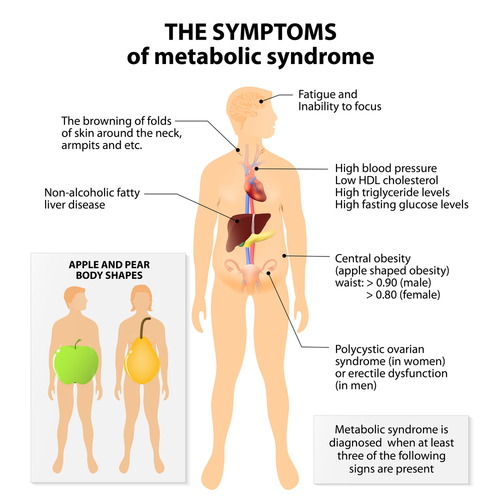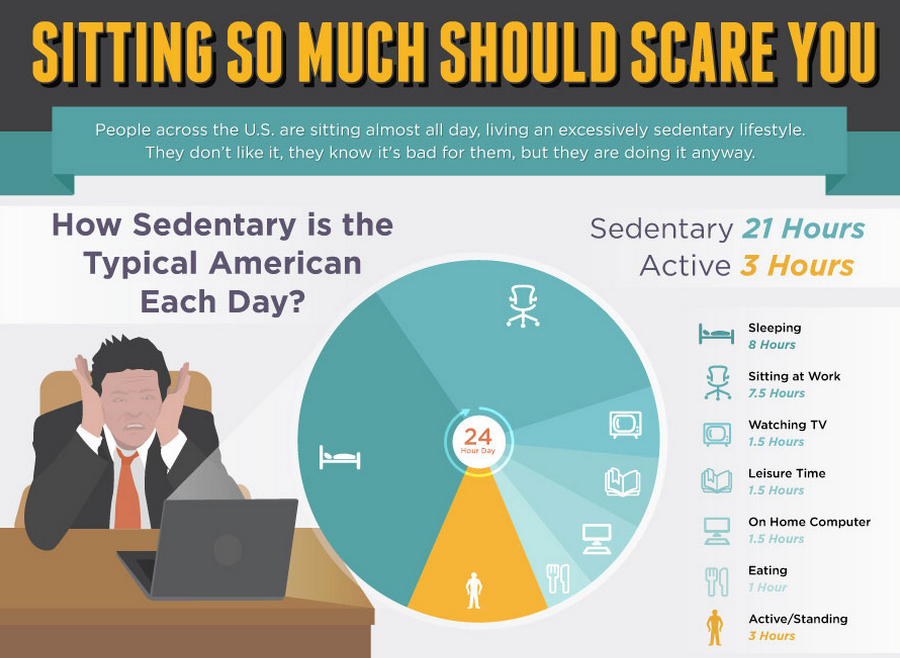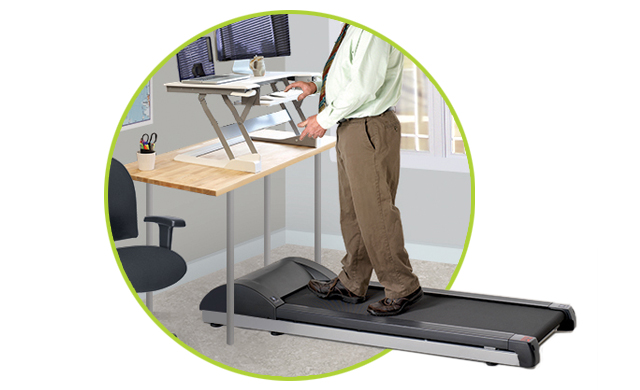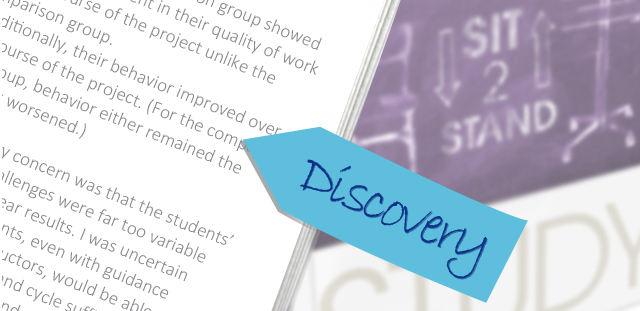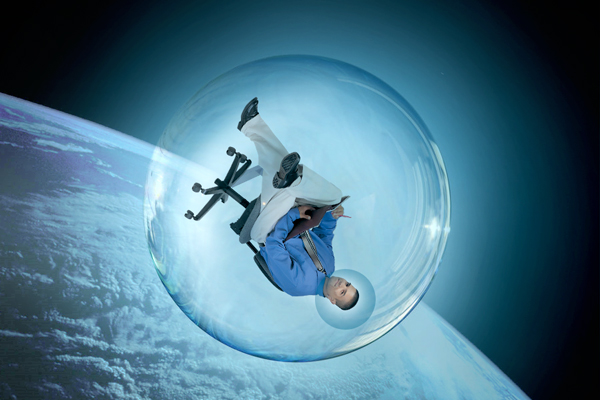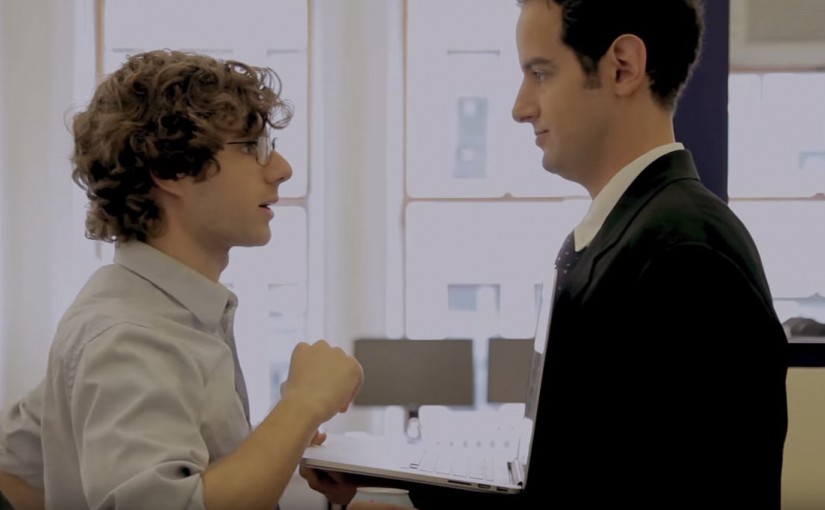
Question: Our company has meetings for five to 100 people, and just got high-top tables so that you can stand. An employee expressed concerns about not feeling comfortable standing for 90 minutes straight. I figured you’d have some kind of guidelines. I’d like to provide these to our leadership staff.
Thanks,
Jessica D.
Answer: Terrific question! We have a few ideas. One place to start would be to consider having seating for only about one-half of the staff, up in front of the room. This is useful for anyone who may have any medical issues, hearing issues, wants to sit, or just likes to be near the action. Our experience finds that all the seats don’t tend to fill up, so this even gives the standers a chance to sit if they tire over the 90 minutes. Here are a few other ideas:
· Consider some kind of stand-up tables, grouped along the side or in back, or in the space behind the chairs. This gives people the chance to lean against something if they need a little rest, just as staff around the edges of the room will lean against the walls as needed. Chairs are a perfect alternate to tables along the edges of the room, as people are sometimes more likely to sit if the chair is close by versus having to walk in front of everyone to get there.
· Maybe you might want to break it up a little. At a 45 minute break, invite everyone who wants to change postures to switch: the sitters are probably getting tired at this point too.
· As your staff gets used to the idea of standing meetings they will develop a preference for sitting or standing the whole meeting. It may take time to build the muscle endurance, so perhaps weaning them off the chairs for several meetings will help you in this effort. Ramp-up time will vary, depending on overall fitness and whether the staff is already standing during the workday. How to best accommodate the smaller portion that want choice will be clearer over time.
· Place a large display cart at the front of the room and mid-way to effectively deliver your messages to the whole group, whether seated or standing.
There is no doubt that giving people permission to decide for themselves is really important in this process. Have other ideas to share?
Michelle Judd
Director of Global Communications at Ergotron
@mjudd




